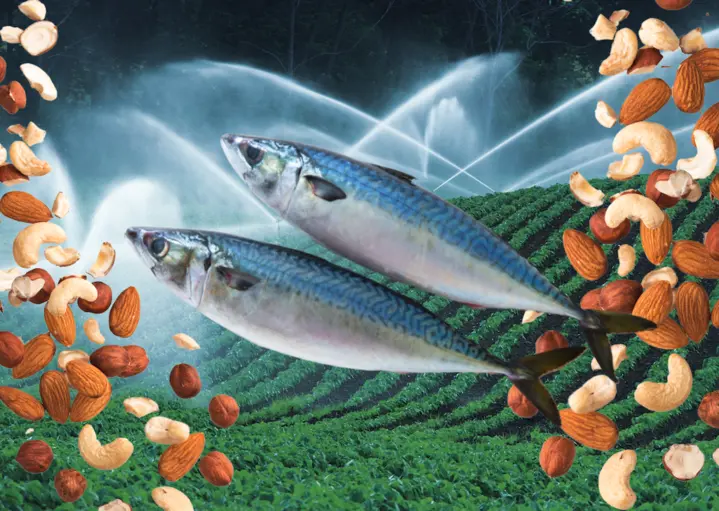
It can be hard to visualize the amount of water it takes to produce a single pound of almonds or the meat used to make a cheeseburger.
Every food product goes through a long life cycle before ending up on grocery store shelves. Livestock products start at the farms that grow alfalfa, hay, and other types of feed. Tree fruits and nuts begin with the young saplings that take years to mature and produce fruit. Meanwhile, products such as radishes mature from seed as quickly as one month.
No matter how long it takes for a food product to find its way to consumers, it’s consuming water every step of the way.
Findbusinesses4sale used data published in the Proceedings of the National Academy of Sciences and processed by Our World in Data to break down the 10 agricultural products that require the most water.
Water is one of the most basic human needs, but as climate change extends droughts and groundwater gets drained, it has increasingly become a commodity. In the West, investors buy properties to secure water rights they can sell. Large-scale agriculture operations are increasingly irrigating land with pumped groundwater and impacting access for other residents. California is among one of the states hardest hit by water crises.
FIND BUSINESSES FOR SALE
Explore a comprehensive website to find a business for sale of any type in any location across Canada.

Leading foods
Almonds have become notorious for their water use. But the crop is also particularly suited for California’s unique Mediterranean-style climate, despite the state’s water issues. By contrast, other products grown in California, including its #1 crop, hay, could easily be grown in less drought-stricken areas. In terms of calories instead of weight, almonds are less water-intensive than mushrooms, several types of fruits and seafoods, and beef.
Four types of seafood make it into the top 10 of water intensity by weight. About half of the world’s seafood meant for human consumption is farmed. In 2015, aquaculture farms drew nearly 8 billion gallons of water daily.
But water intensity is only part of the story when it comes to agriculture’s water use. Consumer dining habits determine the scale at which foods are grown and produced, and in the U.S., Americans love to eat meat and cheese.
Even though none made the top 10, different types of cheeses use between 163 and 289 gallons of water per pound. The average American also eats over 60 pounds of beef annually, equivalent to up to 25,000 gallons of water, depending on how it’s processed.
SMALL BUSINESSES IN CANADA
Browse an extensive list of businesses for sale in Canada and find your next opportunity to become your own boss.
FAQ
I’ve heard almonds use a lot of water. Should I avoid them altogether?
Almonds do need water, but consider the bigger picture. They suit California’s climate, and per calorie, they’re less water-intensive than some fruits, seafood, and especially beef.
If there’s a water crisis, why are we growing crops that need so much water?
It’s complex. Some crops are grown in areas with water shortages. Consumer demand is a huge factor – less meat and cheese worldwide would shift farming priorities and ease water pressure.
Does buying local help reduce water usage in food production?
Sometimes. If local foods match the area’s climate and water conditions, then yes. But sometimes, transporting food is less water-intensive than growing it locally under poor conditions.
What’s the difference between water used for crops and water used for livestock?
Much of livestock water is for growing their feed (like alfalfa). The environmental impact of meat production is complex, and water use is a major issue.
As a consumer, what’s the best way to make choices that help conserve water?
Be informed! Learn about the water needs of your food. Consider eating less meat and dairy. Supporting farms with good water practices is also important.
Resources
https://www.pnas.org/doi/full/10.1073/pnas.2120584119#data-availability
Story editing by Ashleigh Graf. Copy editing by Paris Close. Photo selection by Lacy Kerrick.







